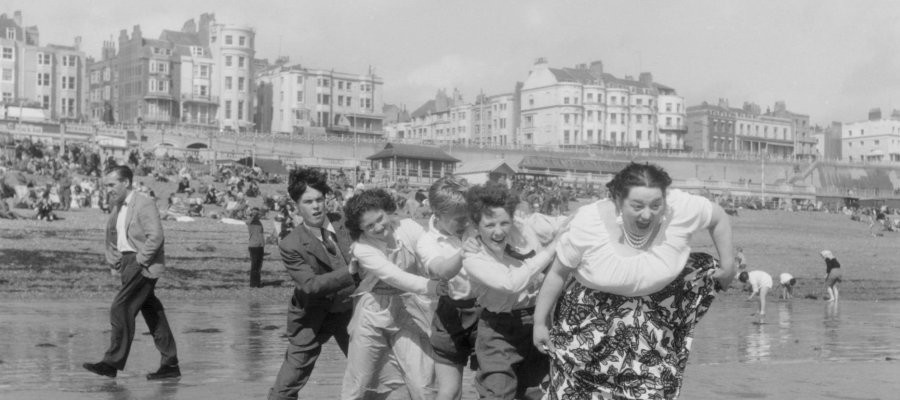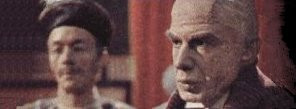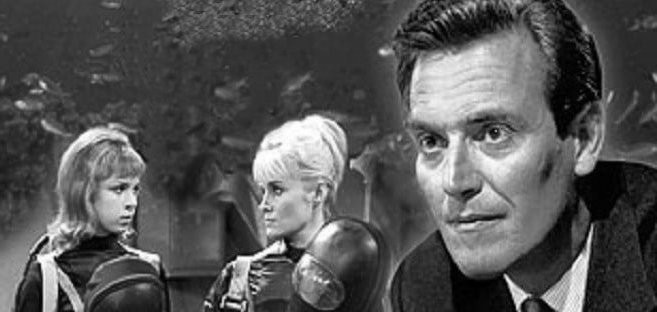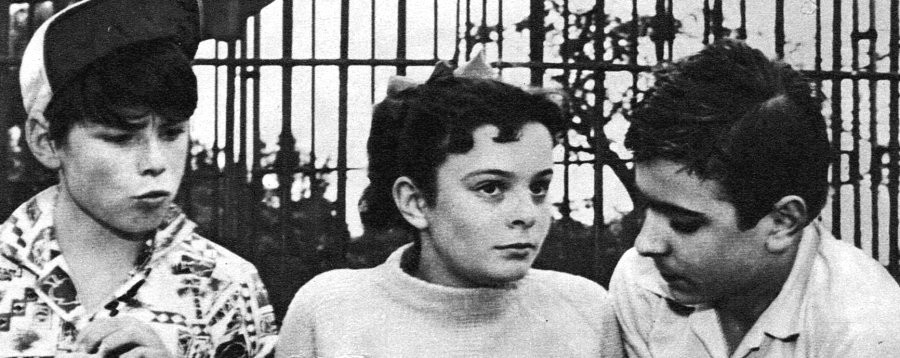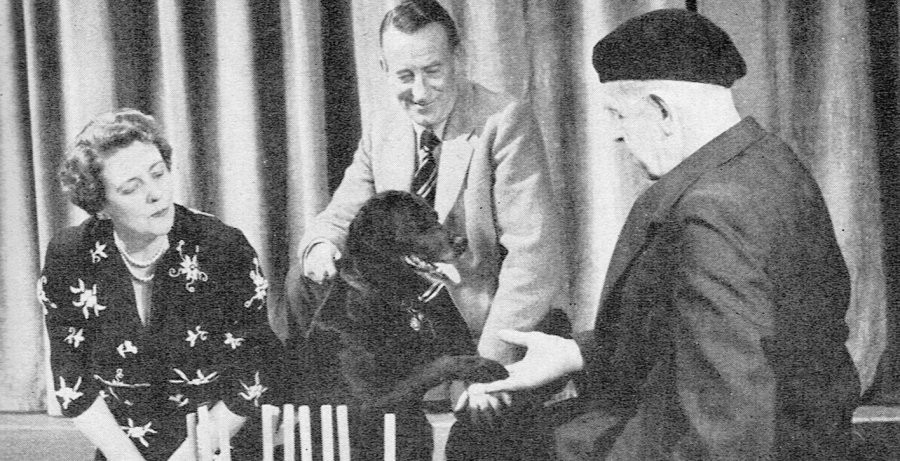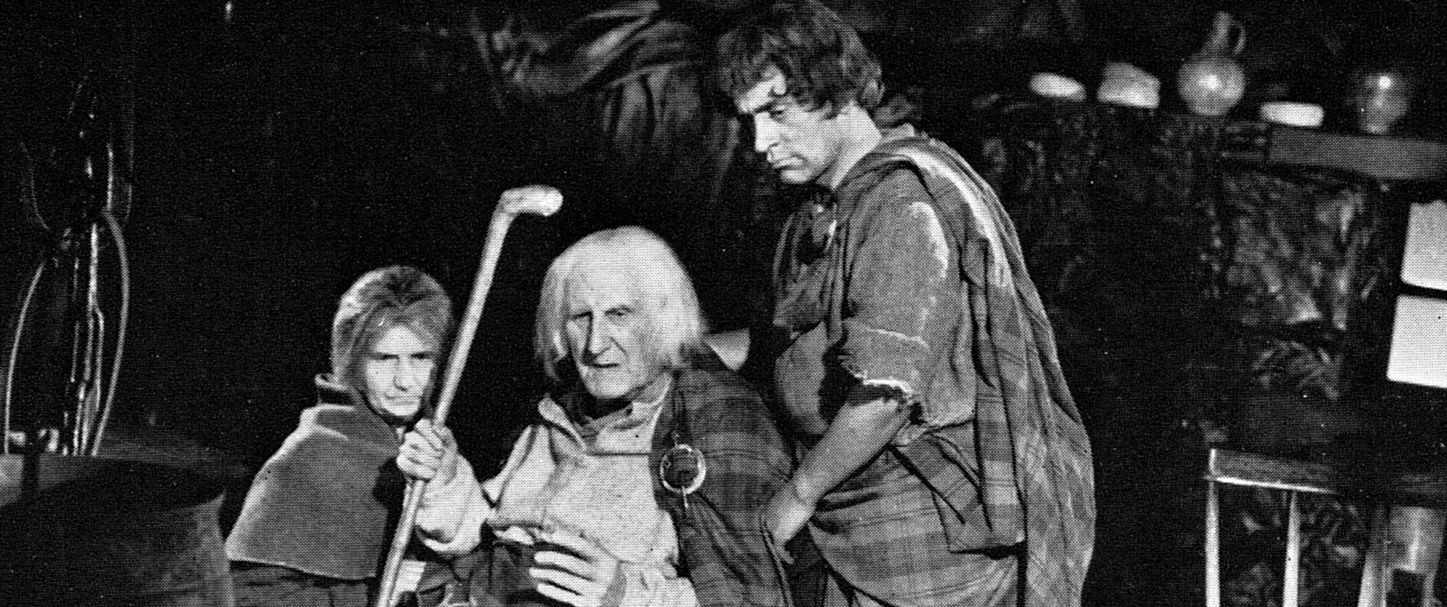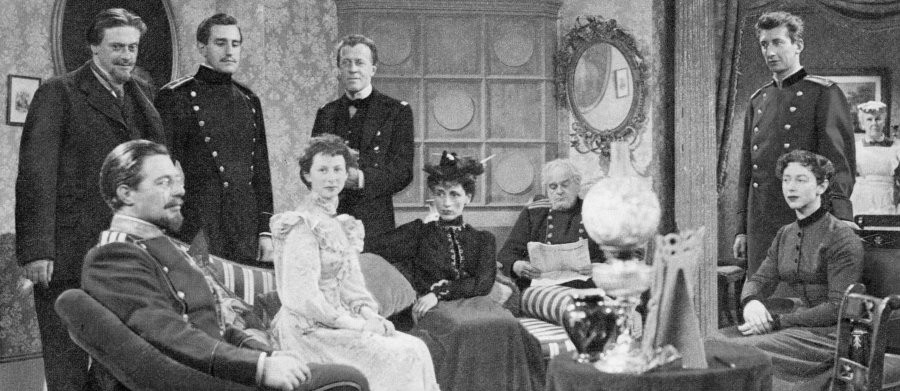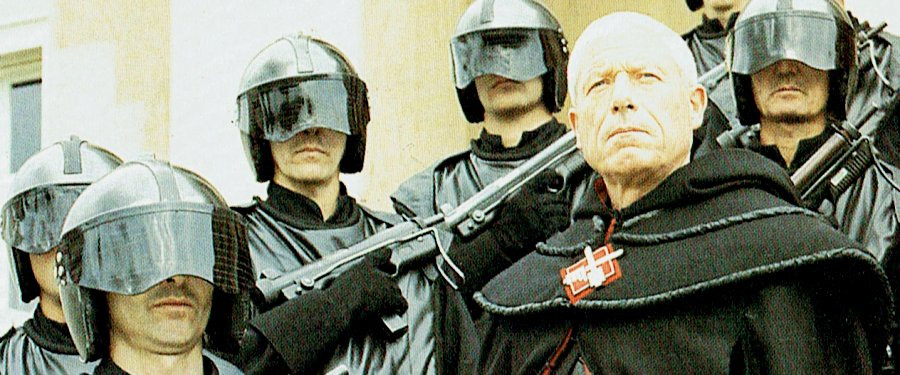
Flash Gordon
1954 - United StatesWhen Universal Studios let the rights to Flash Gordon lapse, former Universal executives Edward Gruskin and Matty Fox struck a deal with the character's owners, King Features Syndicate, to produce a television series.

In the early 1930s, King Features wanted to publish a comic strip that would rival the unprecedented popularity of Buck Rogers, which had gathered a huge following since first being published in January 1929. Buck Rogers in the 25th Century was being carried by 47 newspapers across the USA at the time and would go on to be translated into 18 languages and appear in over 160 international papers. Seeing the opportunity to cash in on the popularity of space age science fiction stories, King Features initially tried to purchase the rights of John Carter of Mars, the lead character in the first novel by Edgar Rice Burroughs. But the syndicate were unable to reach agreement with Burroughs and so they turned to one of their staff artists, Alex Raymond, to create an entirely new character.

Alex Raymond drew on elements of the Philip Wylie novel When Worlds Collide, a story about an approaching planet threatening the Earth, an athletic hero and his girlfriend, and a scientist travelling to the new planet in a rocket. Flash Gordon debuted in the national press in January 1934 and was well received by readers. By the late 1930s, Flash Gordon was rivalling the success of Buck Rogers with the strip being published in 130 newspapers and being read by an estimated audience of 50 million.

By 1936, Flash Gordon was so popular that Universal Studios adapted the comic into a cliff-hanger film serial. The stories were told in 20-minute episodes with suspenseful endings and released to theatres across the USA on a weekly basis. Although aimed primarily at children, Universal were keen to encourage adult viewers as well and cast former Olympic swimmer Buster Crabbe, who had already played Rice Burroughs' Tarzan on screen, in the lead role. The series proved so successful that two sequels were produced, Flash Gordon's Trip to Marsand Flash Gordon Conquers the Universe. The film series was later said to have influenced George Lucas, who created Star Wars, and indeed, many similarities can be drawn from Gordon's cinematic adventures.
By 1953, the popularity of television in the US was rivalling that of the cinema and many film production companies were turning to earlier filmed serials for either inspiration or direct transfer to the small screen. Walt Disney was already planning to be the first major film producer to venture into television in order to fund the development on Disney's theme park, and Warner Brothers were planning to bring its biggest star, Rin Tin Tin, to the small screen in a series of adventures.
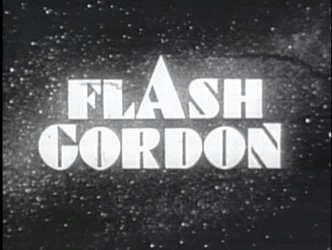
Shooting for Flash Gordon began in May 1953, with an abandoned beer hall in Spandau, Germany, serving as the principal shooting location. Writers for the series included Edward Gruskin, Bruce Geller and Earl Markham. Episodes were directed by Wallace Worsley, Jr. and Gunther von Fritsch. Composers Kurt Heuser and French film composer and bandleader Roger Roger provided much of the original music. Although the three leads were American, filming in West Germany meant that practically everyone on each planet they visited spoke with a German accent, as Worsley duly noted: "The use of German actors who could not speak English required us to use a lot of close-ups. I would stand behind the camera, correctly positioned for the actor's look, and read his or her line; the actor would then repeat the line, mimicking my pronunciation and emphasis."
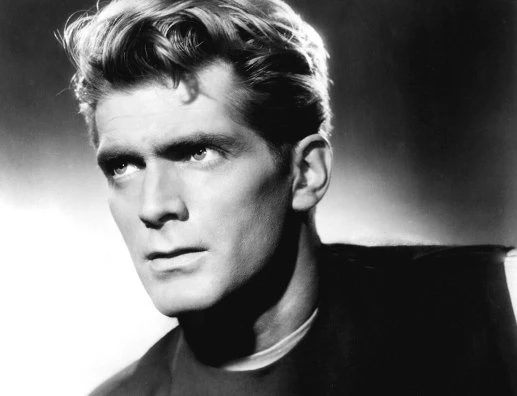
Cast in the lead role was former male model Steve Holland, the model for Fawcett Comics' fictitious B-Western cowboy Bob Colt, that ran for ten issues in the early 1950s, but his best-known model role was for artist James Bama's illustrations of the character Doc Savage used on the covers of the paperback reprints of the 1960s. Bama called him "the world's greatest male model." Critics of the Flash Gordontelevision series were less kind, labelling it "vastly inferior," lacking "good concepts and scripts" and "most of all, lacking Buster Crabbe, who was Flash Gordon."
Despite some negative reviews the series proved immediately popular with American audiences, airing on the east coast on the DuMont Television Network and in syndication throughout most of the US and continued to run in syndication into the early 1960s.

Budgeted at $15,000 per episode on a three-day-per-episode shooting schedule, Flash Gordon was a West German, French and American co-production by Intercontinental Television Films and Telediffusion. Following the filming of 26 episodes, Wallace Worsley withdrew from the project citing salary disputes as the reason. Production was moved to Marseille under the direction of Gunther von Fritsch for the 13 final episodes.
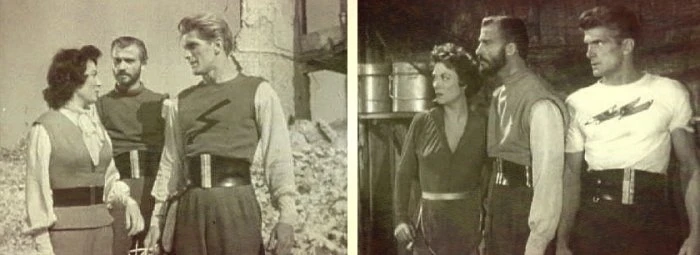
The series set Flash, Dale Arden (Irene Champlin) and Dr. Zarkov (Joseph Nash) in the year 3203, as agents of the Galactic Bureau of Investigation. The team travels the galaxy in their ship the Sky Flash, battling cosmic villains under the order of Commander Paul Richards. The television series was the first to portray Dale Arden as a scientist and adventurer in her own right, rather than the perpetual damsel in distress she'd previously been.
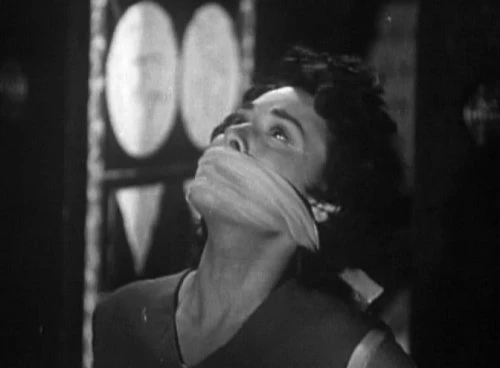
Over the years there have been several attempts to reignite the fire and enthusiasm that accompanied the original series, but with mixed results.
In the 1970s, George Lucas wanted to make a new Flash Gordon movie, but failed to get the rights from producer Dino De Laurentiis, who had previously obtained them. De Laurentiis hired Mike Hodges to direct and with a soundtrack by the band Queen, Flash Gordon was released in 1980. The cast featured Sam Jones as Flash and Melody Anderson as Dale and including the Max von Sydow as Ming, Brian Blessed as Prince Vultan of the Hawkmen, Timothy Dalton as Prince Barin, and Ornella Muti as Princess Aura.
The script for the film was co-written by Lorenzo Semple Jr., who was previously responsible for adapting the 1960s Batman TV series and it followed the same camp style. Although a box office success in the United Kingdom, it performed poorly in other markets but has since gained a significant cult following. Flash Gordon grossed well above double its $20 million budget.

At the same time the movie was in production, Filmation brought Flash Gordon back to TV, but this time in animated form. The New Adventures of Flash Gordon premiered on NBC in 1979 and ran until 1982. A 2007 live-action Flash Gordon TV series appeared on Syfy but was widely reviled by critics. In 2015, Matthew Vaughn was announced as the possible director of a new Flash Gordon movie. Nothing transpired. Whether or not there is an audience for new Flash Gordon adventures is debatable.

According to Thanos, writing for Marvel Movies News the closest character to Flash Gordon in modern pop culture is Peter "Starlord" Quill (Chris Pratt) of the Guardians of the Galaxy movies and Infinity War. "Like Flash, he's a daredevil from present-day Earth who finds himself living a life of adventure in outer space." Until someone comes up with a better version of Flash Gordon, it’s this 1954 series that, as far as television is concerned, remains the definitive version.
Seen this show? How do you rate it?
Seen this show? How do you rate it?
Published on October 7th, 2020. Written by Laurence Marcus for Television Heaven.


